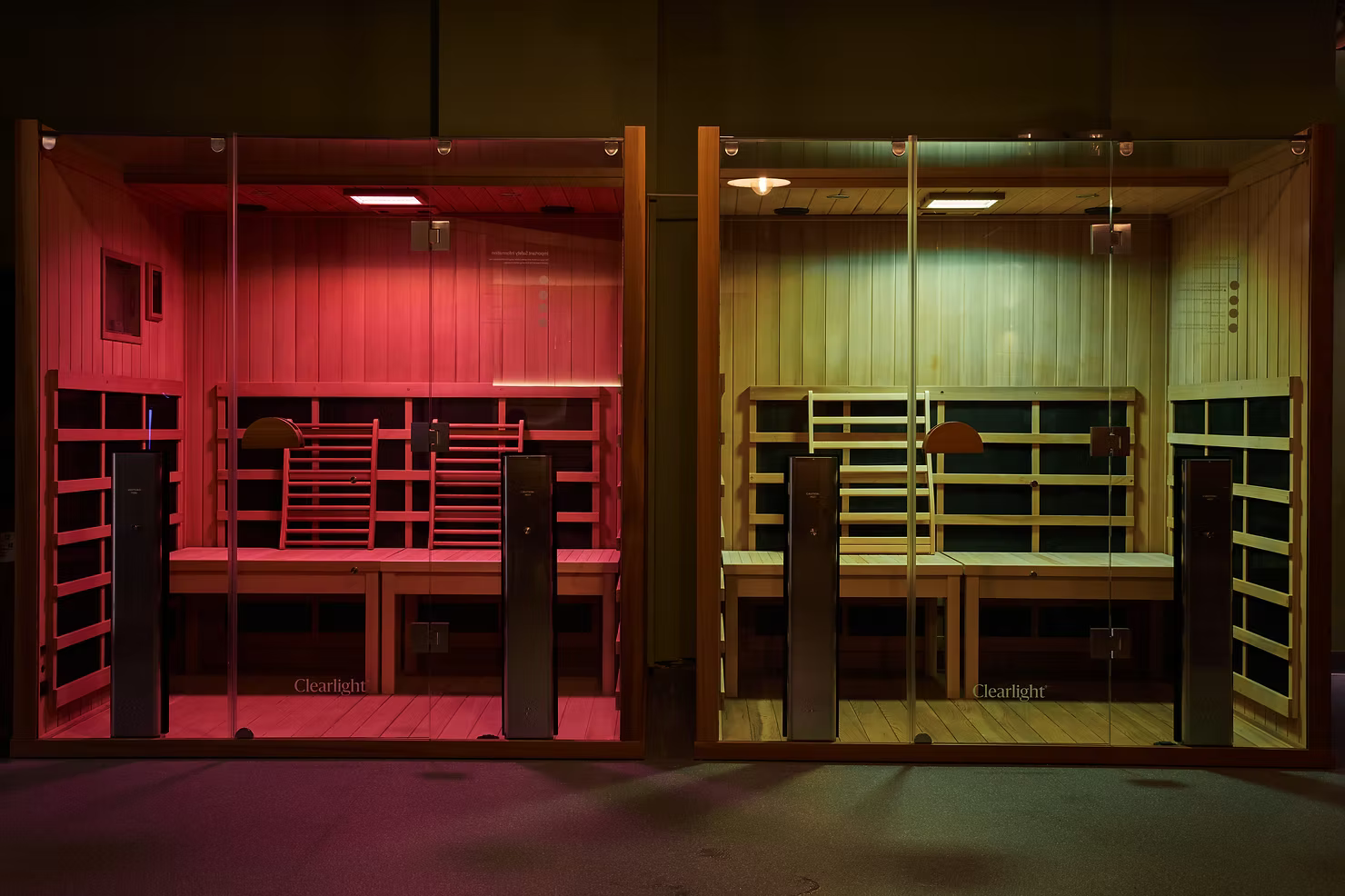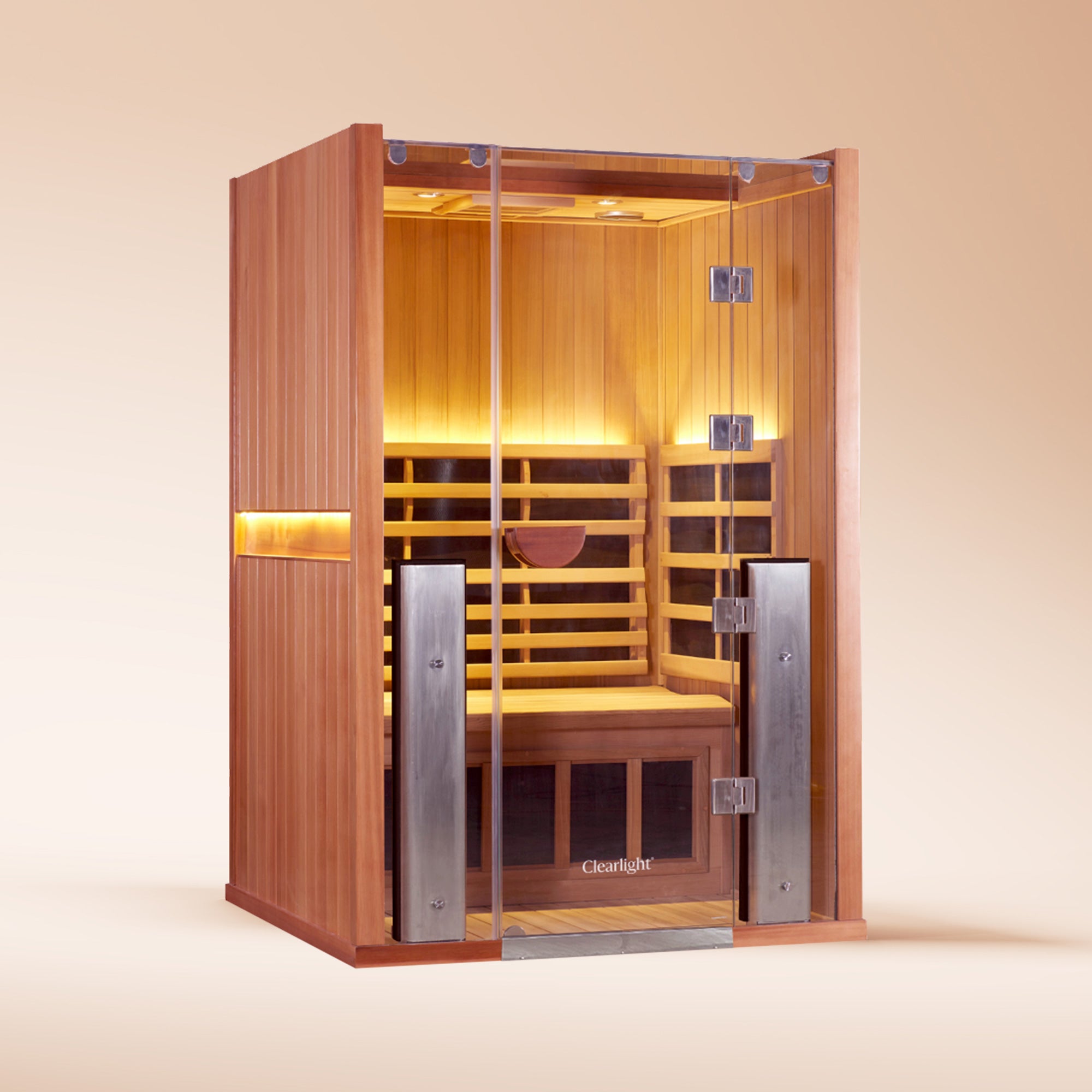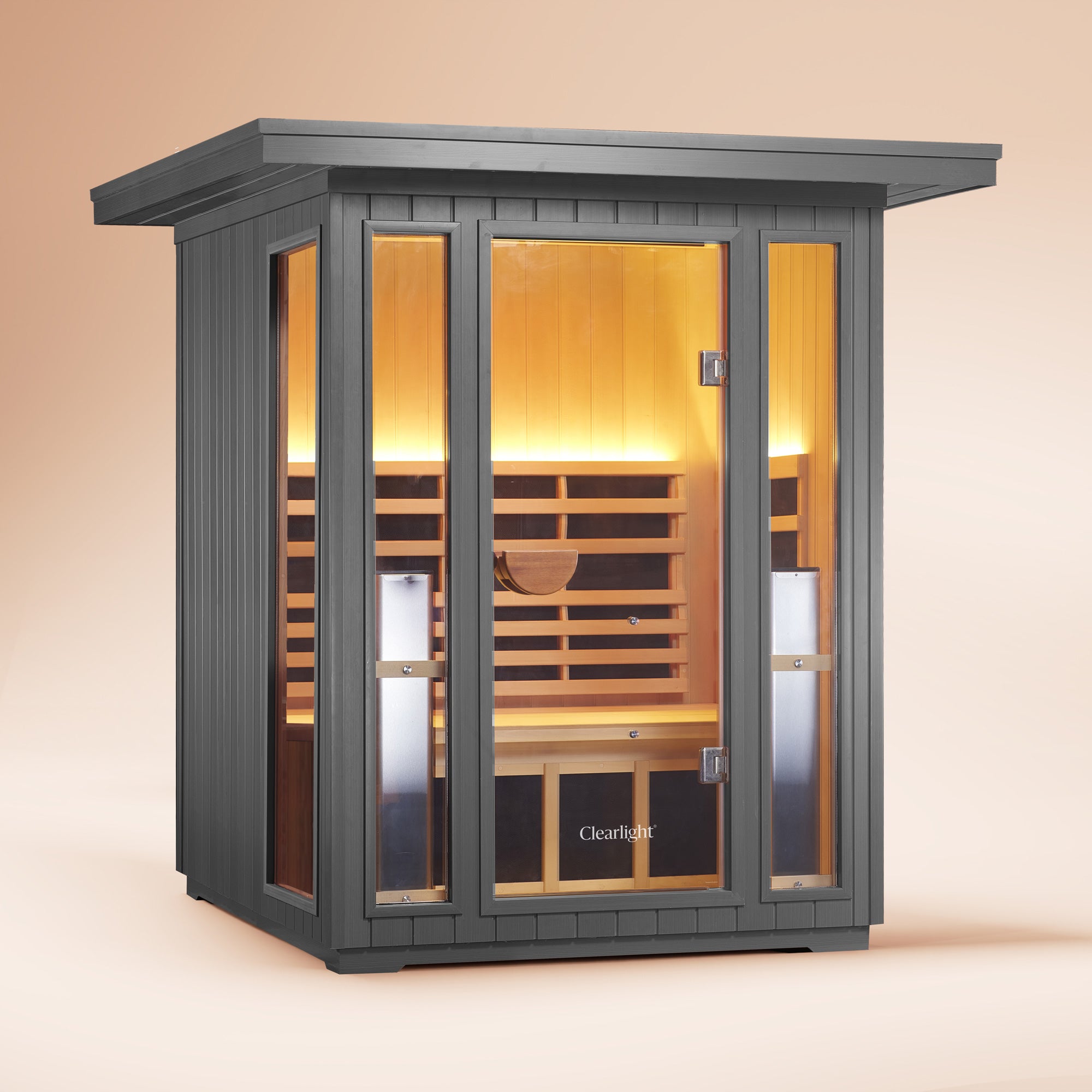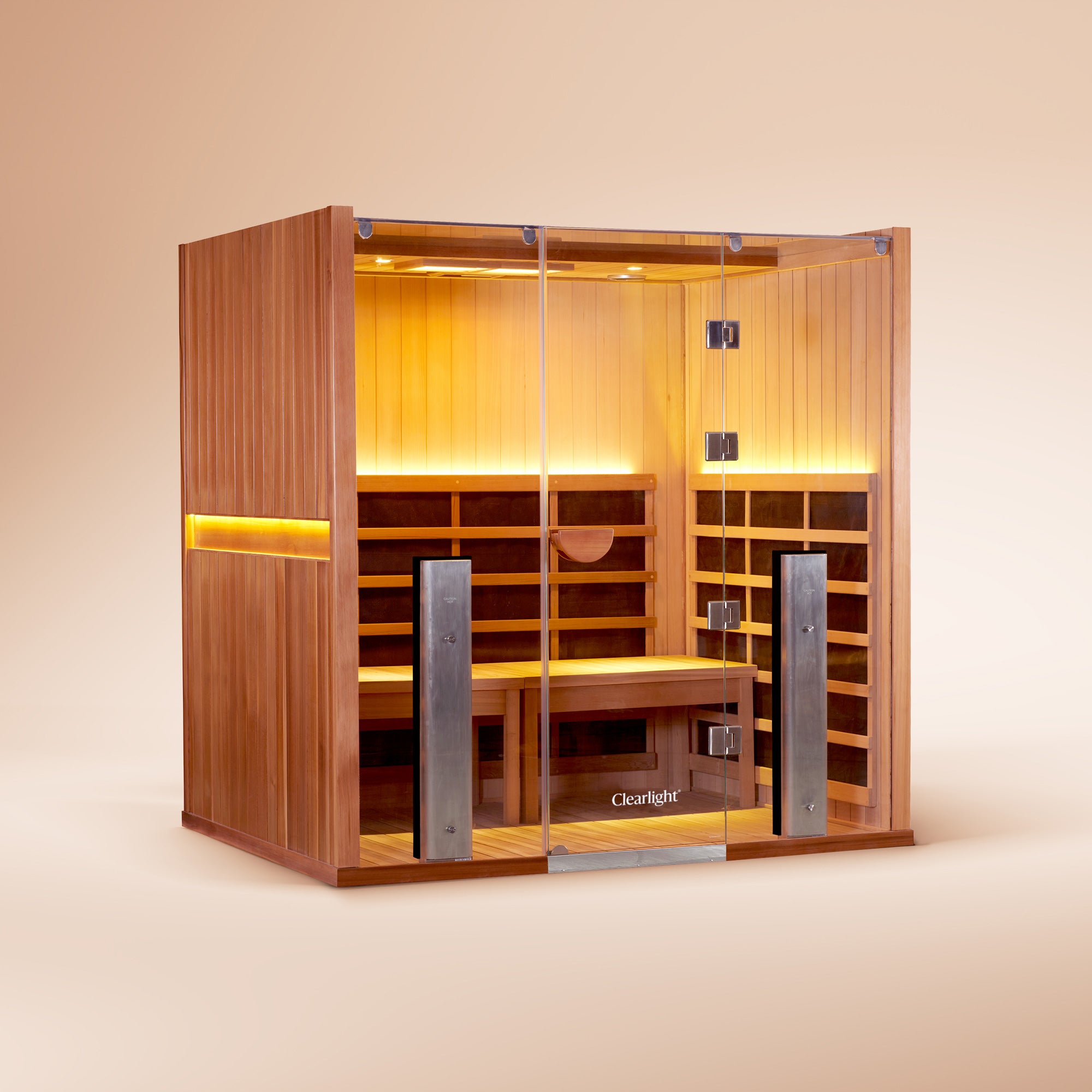Some matches are made in heaven. Think about avocado toast or falling in love in Paris - life doesn’t get any better. The same is true for stretching in a sauna.
In this blog post, I explore this concept in more detail. I’ll first consider the current science of stretching and then explore its wonderful application in saunas - you’ll also learn why an infrared sauna is your best bet.
So let’s begin at the beginning:
Stretching Science 101
Flexibility is one of the capabilities most affected by the ageing process (1; 2 ; 3). Having a high activity level is protective of retaining flexibility, and, including stretching is one way to keep your flexibility is one way to keep your levels high once you become older.
Stretching also increases muscular performance (4; 5; 6; 7). Hence, if you can keep yourself flexible through stretching that will also increase your overall athletic performance.
In its simplest form, the goal of stretching is to increase the “range of motion” of a joint. Injury prevention is also a frequent goal of stretching, as well as warming up your system before exercise.
Different types of stretching exist. You can stretch statically, whereby you hold a position for a moment, up to several minutes. And you can stretch dynamically, whereby you move a joint through its full range of motion.
The former (static) type of stretching is associated with poorer outcomes during exercise if you perform it just before you engage in exercise. The latter isn’t necessarily.
Stretching doesn’t have a universal negative effect upon performance though: dynamic stretching can increase performance by activating muscles and increasing your body temperature.
Both static and dynamic stretching can be carried out in many different ways too. Examples of static stretching are engaging in different types of yoga, using a therapist to help you stretch, and objects such as bands or a wall to carry out different stretches.
Bending down and trying to touch your toes with your fingers or even hands is a classical example of static stretching. Running around while swinging your arms in circles, in turn, is a classic example of dynamic stretching. I don’t want to give you an exhaustive list of the different types of stretching though.
Instead, the most important thing to remember is this: in a sauna, static stretching is the preferred method because you’re located in an enclosed space. Dynamic stretching is also possible, assuming you’ve got a sufficiently large sauna and aren’t walking or running around.
For instance, carrying out hip swings is very well possible within a sauna, but mobility work, while you’re running, is impossible. For that reason, I’ll mainly focus on static stretching and dynamic stretching that doesn’t necessitate walking or running in this blog post:
Sauna Stretching: Why It’s A Match Made In Heaven
Let me begin by saying that sauna stretching is massively underrated. For optimal results though, I generally recommend using a bigger sauna because it leaves you with more space for your sauna stretching routine.
Hence, a 1-Person Clearlight Sanctuary Full-Spectrum Sauna is a poorer choice than a 4-Person Clearlight Sanctuary Full-Spectrum Sauna. The latter sauna has aptly been named our “Yoga” model - there’s enough floor space in this sauna to use a yoga mat on the floor and carry out yoga stretches that take up more space.
The Clearlight Sanctuary Yoga model is almost 2 metres wide and high, and 1.5 metres deep. That space allows you to carry out stretches that take up lots of room, such as yoga for your hamstrings and glutes or other hip muscles while you’re laying on the floor. These stretches that take up lots of space are impossible to carry out in a 1-person sauna model.
So, let’s finally get to the heart of the matter: why are stretching and (infrared) sauna sessions a match made in heaven? The reason is simple: if you’re spending 20 or 30 minutes in an infrared sauna anyway, you can simply combine two activities at once.
You can even listen to your favourite podcast or audiobook while you’re engaging in this routine. Now, you might be thinking about the difference between an infrared sauna and a traditional one and their effect on your stretching routine.
My opinion on that topic is simple:
Infrared saunas are far less harsh and feel a lot more relaxing because the air temperature is much lower in them. Infrared saunas have a maximum temperature of 55 degrees Celsius while traditional saunas like a Finnish sauna can reach temperatures of 110 degrees.
If you’d like more information on this topic, I recommend reading my blog post about How Hot Is A Sauna.
Infrared saunas have more advantages though. In a 2015 study, a traditional sauna was compared to a far infrared sauna model. The study concluded that the infrared sauna sessions were superior for post-workout recovery of the neurological and muscular system in endurance athletes (8).
Besides that, saunas have a wide variety of benefits, such as improving blood circulation, helping you lose more weight, enhancing blood sugar management, giving you more deep sleep, and lowering stress. Of course, you’ll receive all these benefits on top of the benefits of stretching, so you’re hitting two birds with one stone. If you’re curious about this topic then read my extensive guide about infrared sauna advantages and disadvantages.
So, what are your sauna exercises for stretching? Next up, you and I explore options together:











Should You Sauna Before Golf?
Should You Wipe Sweat Off In A Sauna?